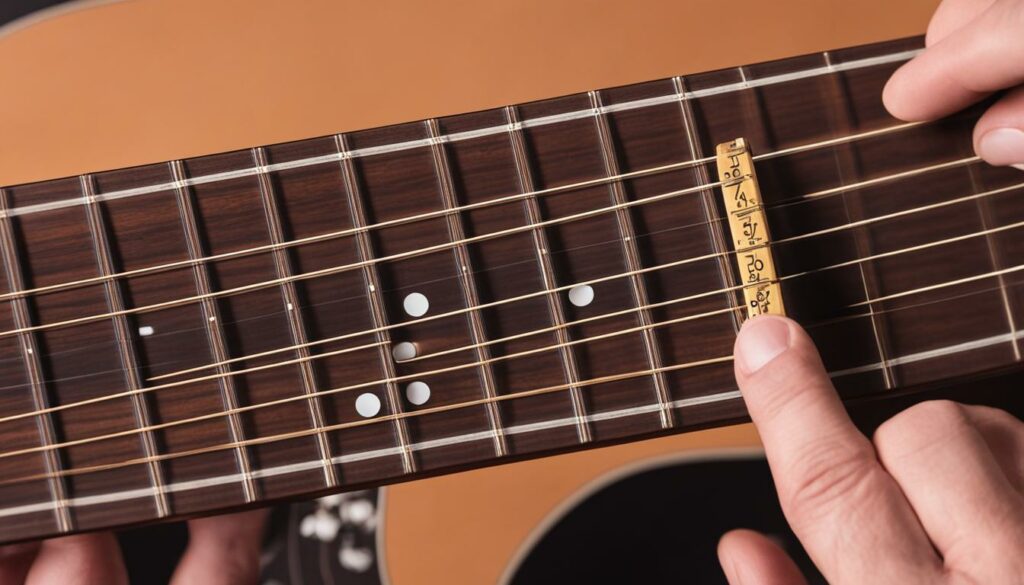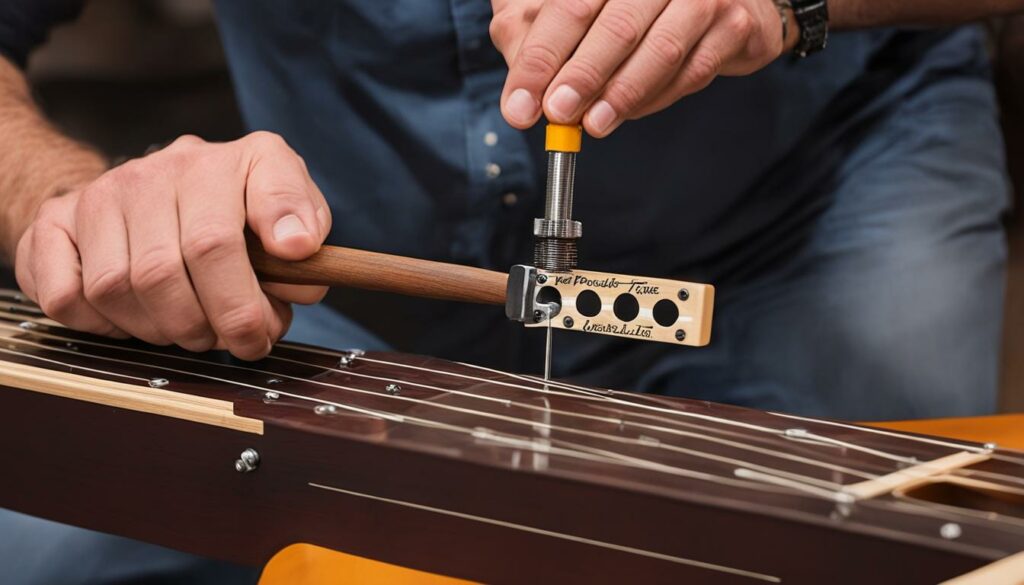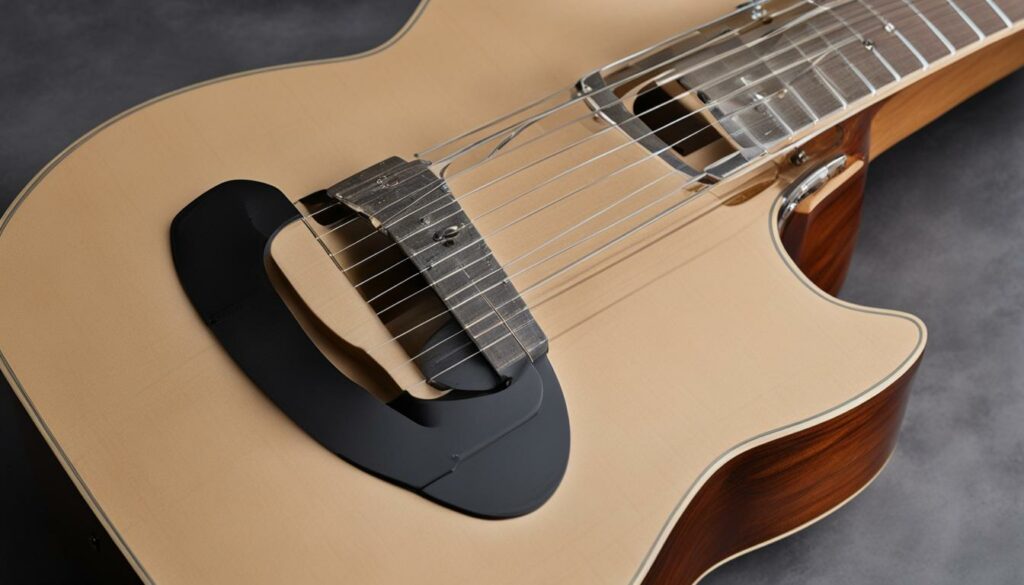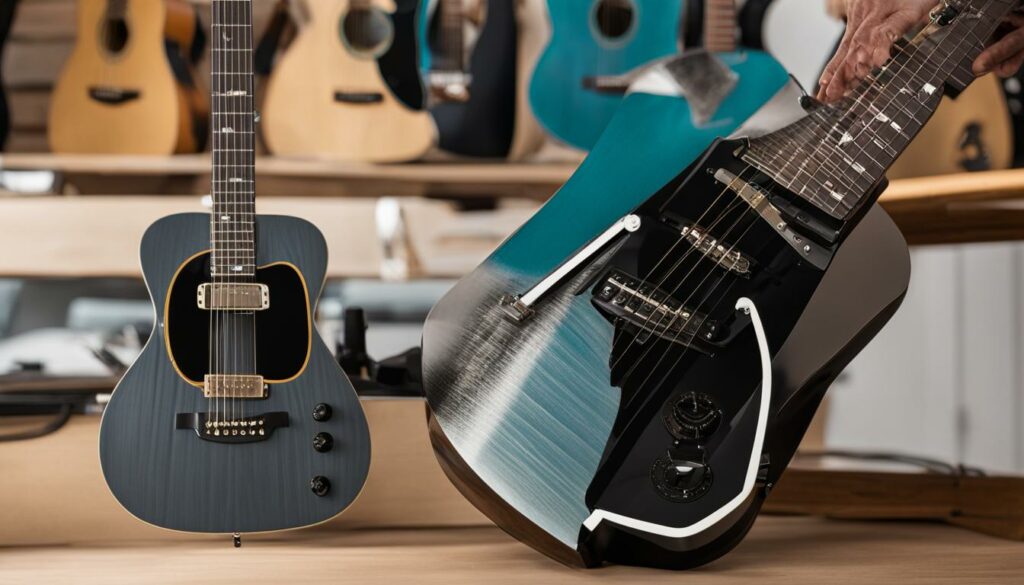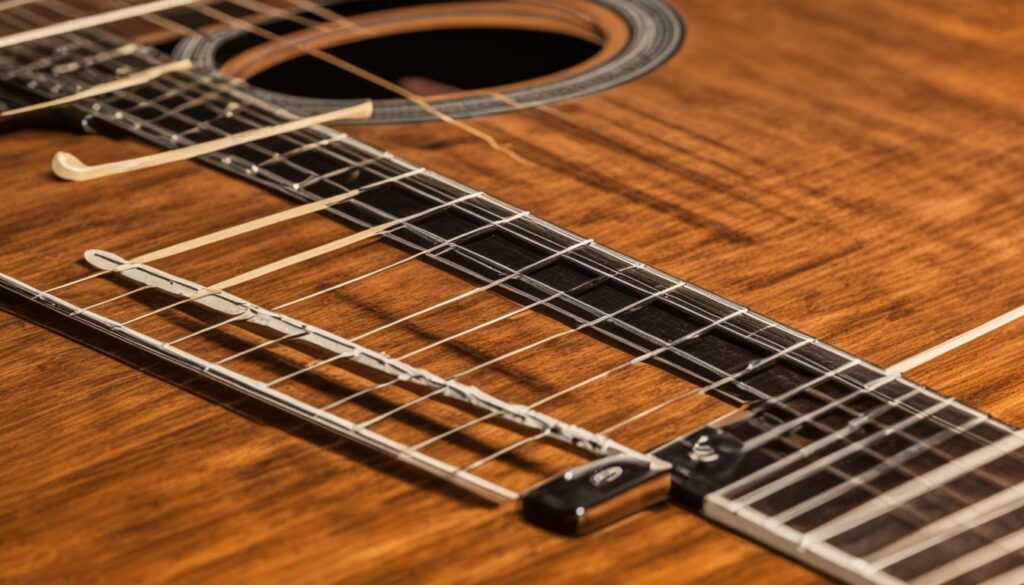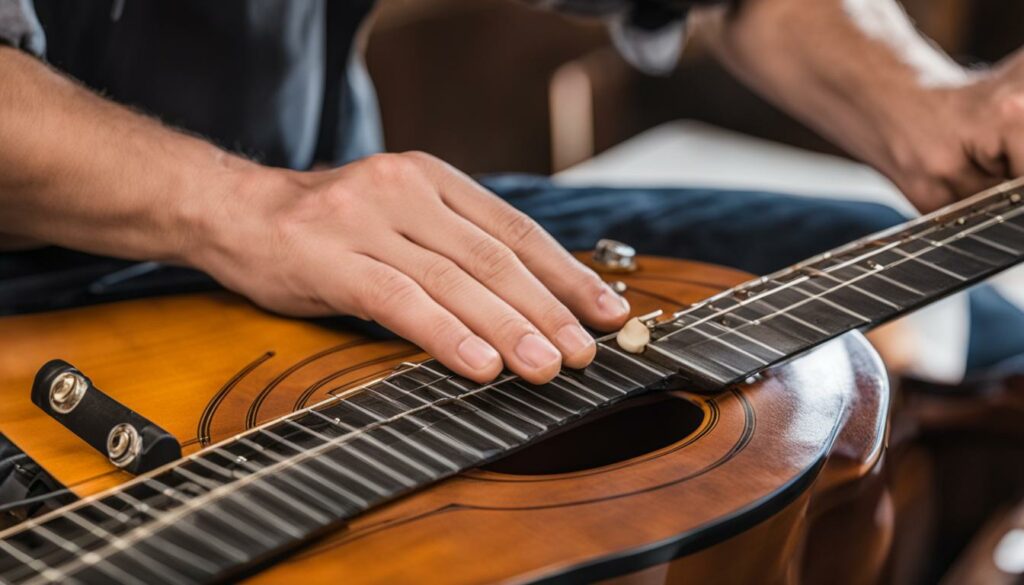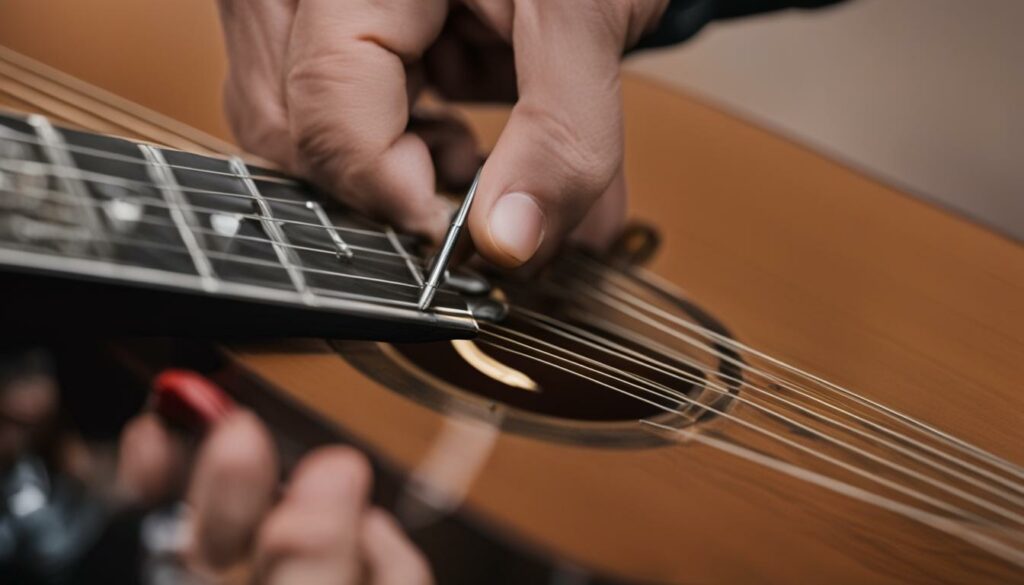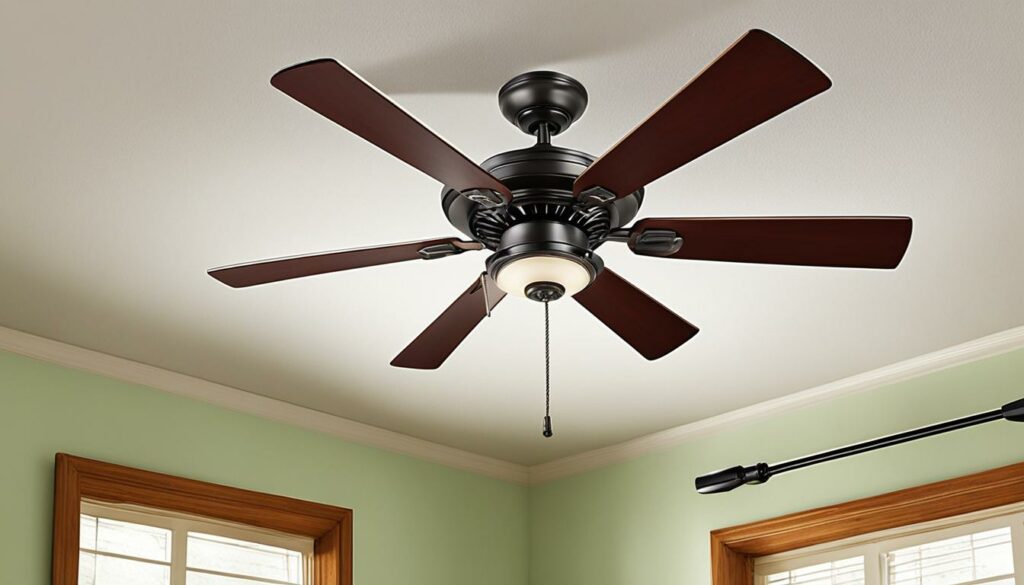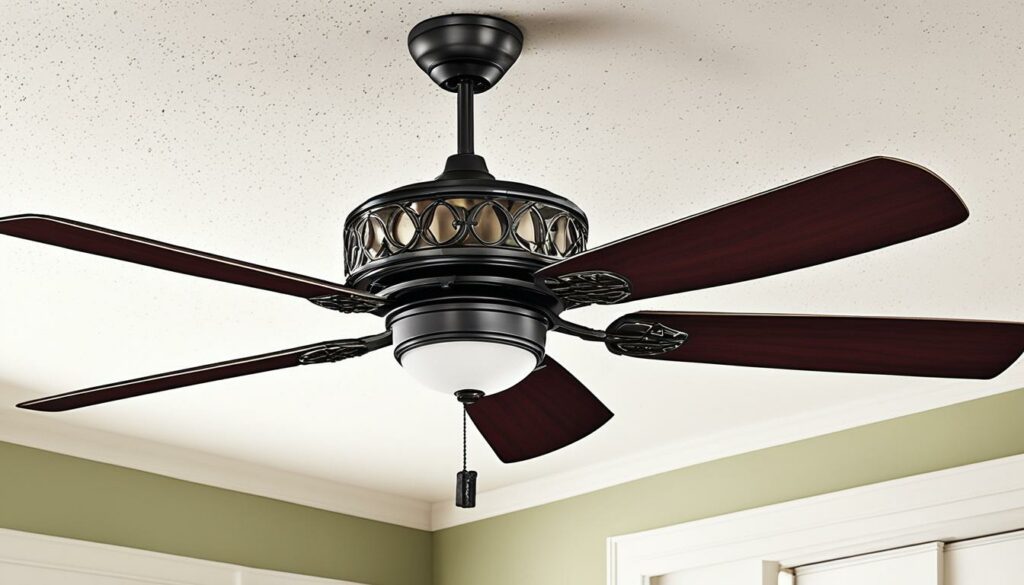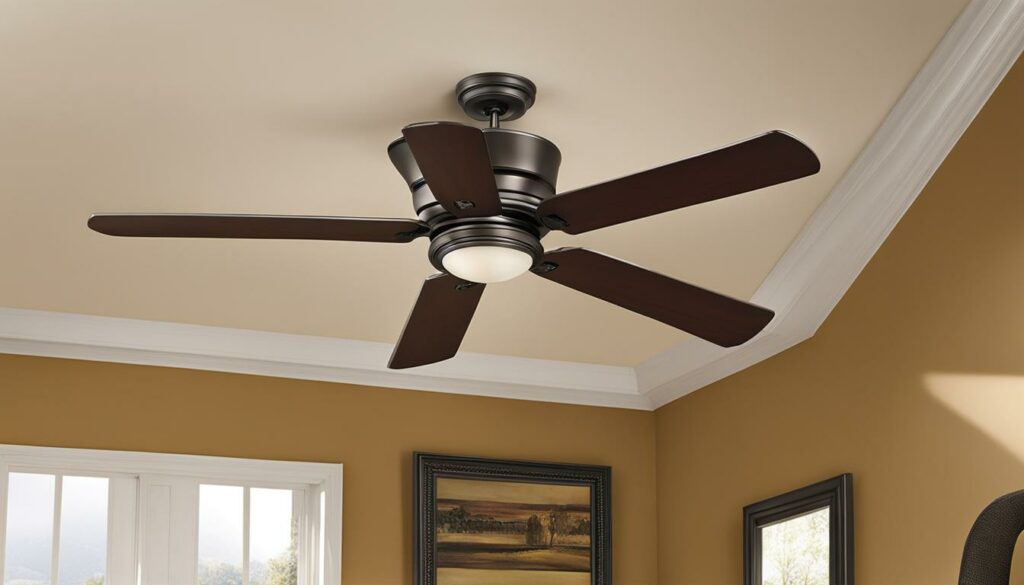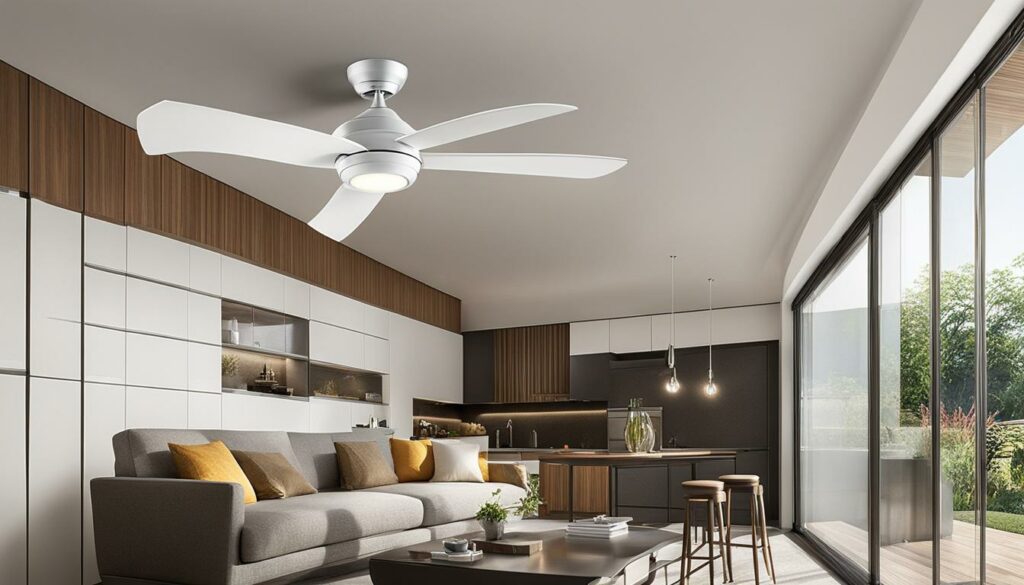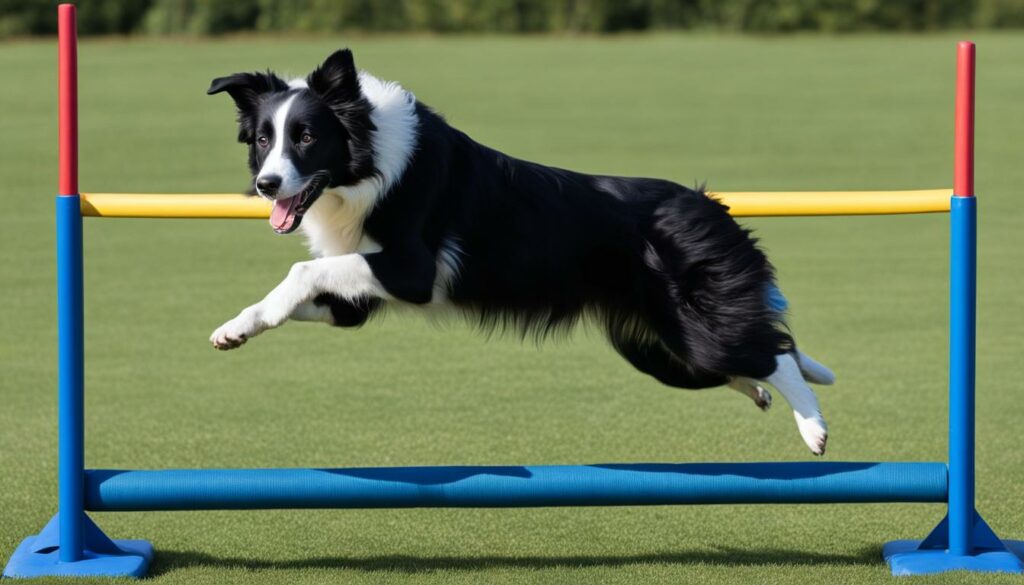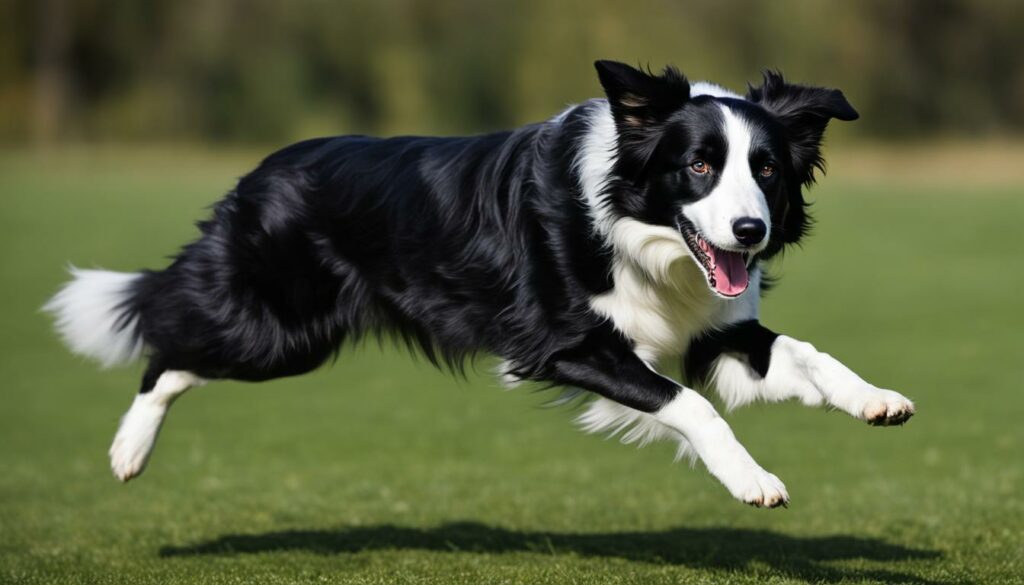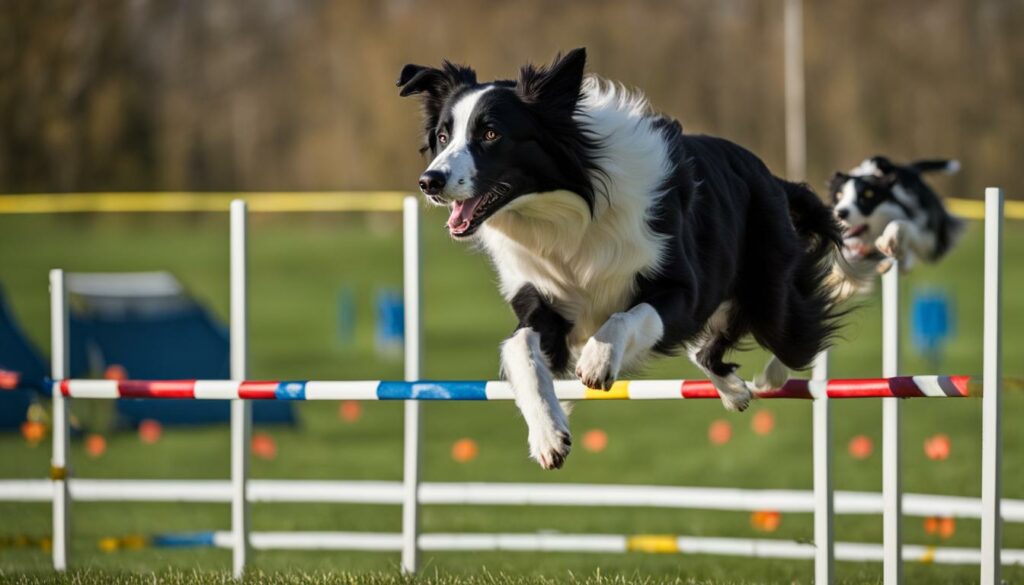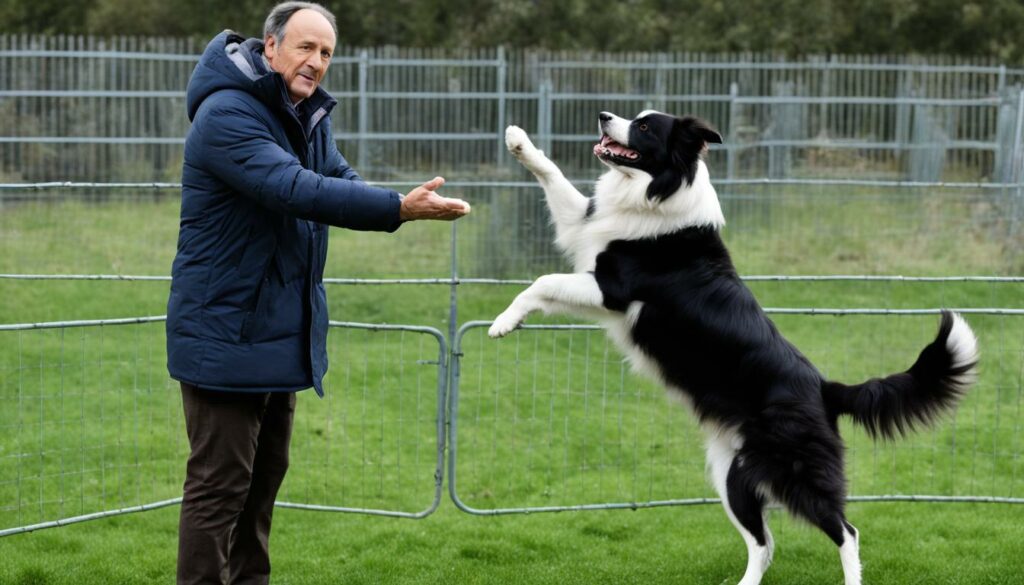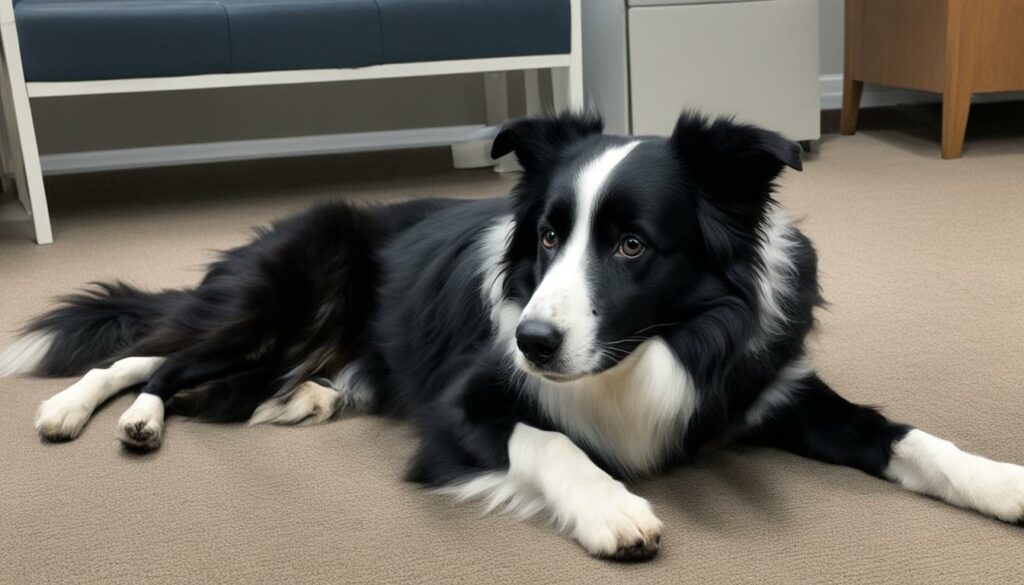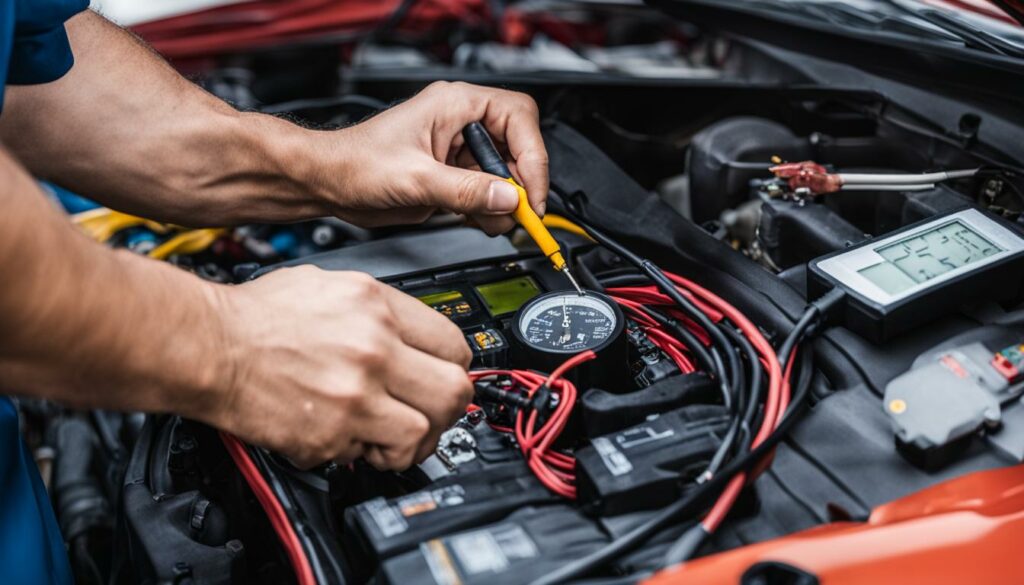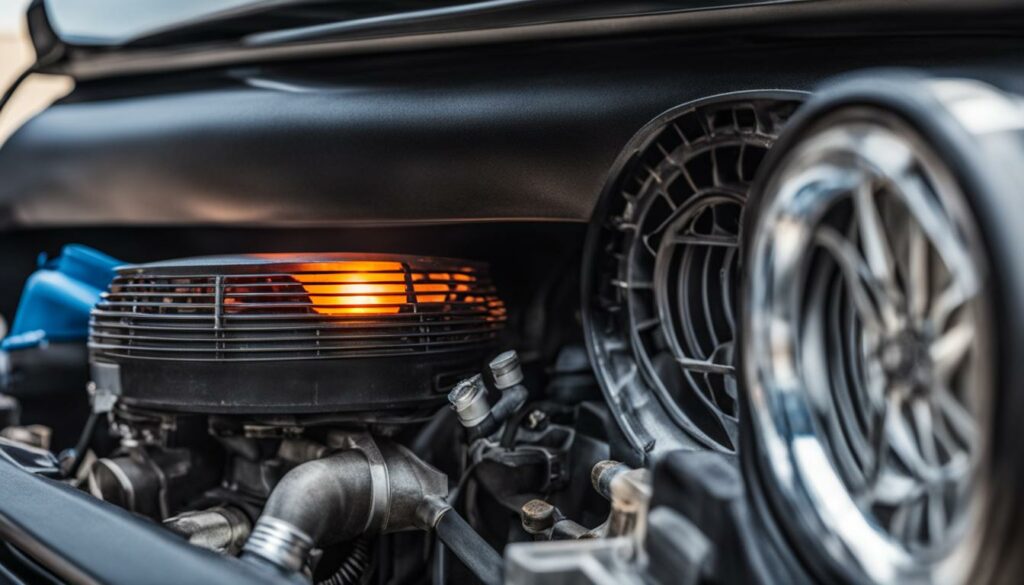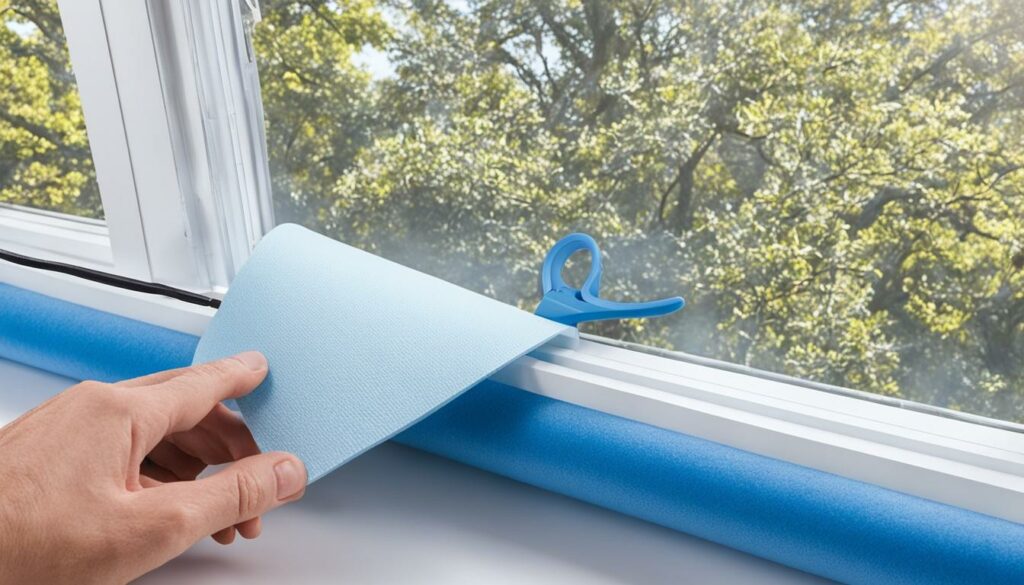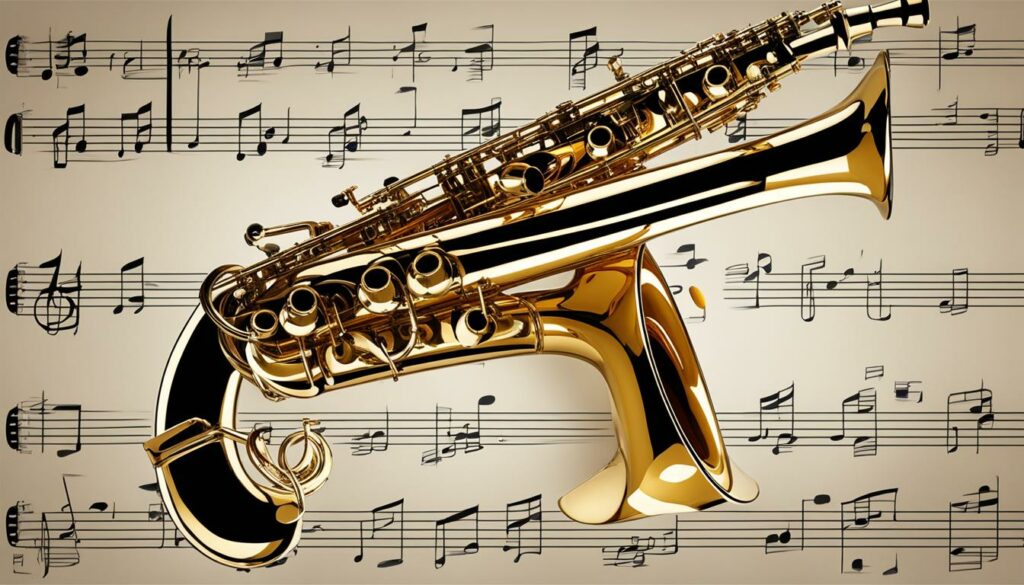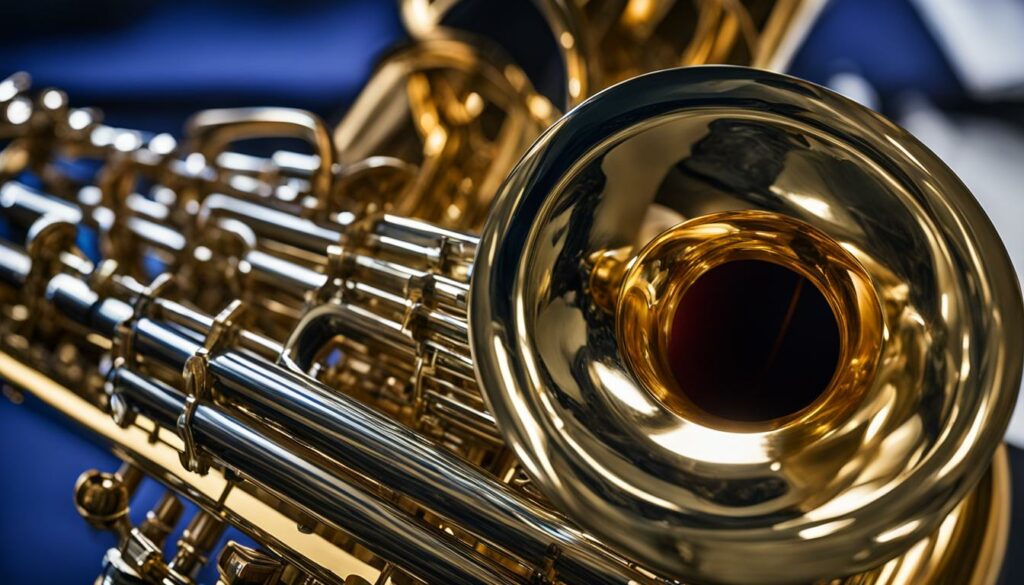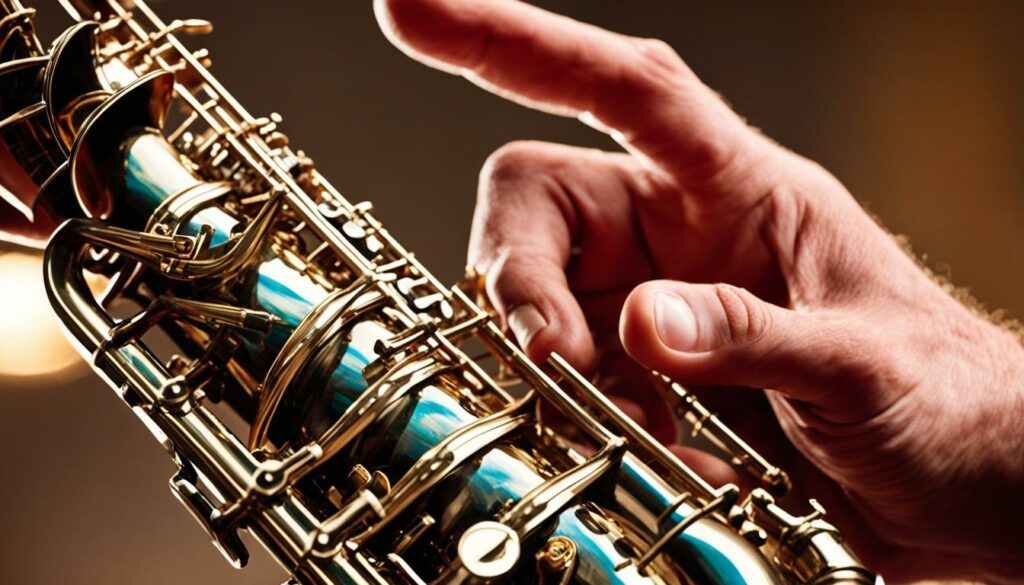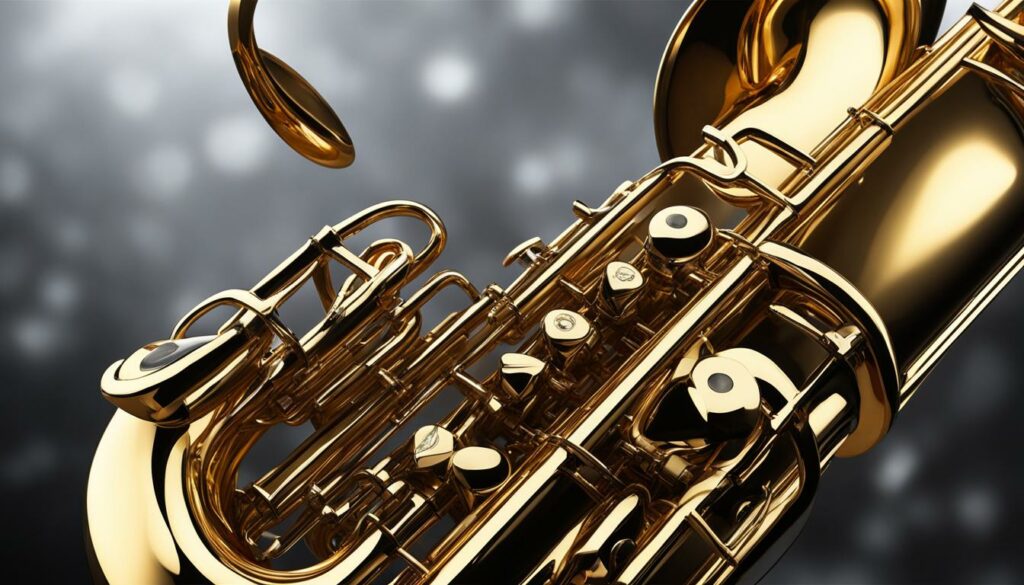Have you ever wondered how high a wasp can fly? Insects, including wasps, are capable of reaching astounding altitudes, rivaling even birds in their flight capabilities. While we often associate flying with birds and airplanes, insects have their own remarkable abilities when it comes to soaring through the skies.
The highest-flying bird, the Rüppell’s griffon vulture, has been reported at an impressive altitude of 37,000 feet. But did you know that some insects have been observed flying at heights that would make your head spin? Scientists have documented locusts flying at heights of 14,764 feet, true bugs and other insects at altitudes over 16,404 feet, and even flies and butterflies over 19,685 feet!
However, flying at high altitudes poses unique challenges for insects. The cold temperatures can be a threat, shutting down the systems of small insects. Additionally, reduced oxygen levels and low air density make it harder for insects’ wings to generate the lift necessary for sustained flight.
But how do they do it? How do these tiny creatures overcome such extreme conditions to reach such heights? Join us as we explore the fascinating world of insect flight and uncover the secrets of how high a wasp can really fly.
Key Takeaways:
- Insects, including wasps, can reach astonishing altitudes similar to birds.
- Some insects have been observed flying at heights over 19,685 feet.
- Flying at high altitudes presents challenges such as low temperatures, reduced oxygen, and low air density.
- Scientists are still studying the adaptations that allow insects to fly at extreme heights.
- Stay tuned as we delve deeper into the fascinating world of insect flight and discover the unique capabilities of these incredible creatures.
Factors Affecting Wasp Flying Abilities

Insects, including wasps, have to deal with various factors that affect their flying abilities. These factors include cold temperatures, reduced oxygen levels, and low air density at high altitudes.
At high altitudes, cold temperatures can limit the flying capabilities of wasps. Small insects are particularly vulnerable to the cold, as it can shut down their bodily functions and hinder their ability to fly.
Reduced oxygen levels at high altitudes pose another challenge for wasps. Oxygen is crucial for respiration and energy supply, but high altitudes have lower oxygen concentrations. This can affect the wasps’ ability to breathe and sustain their flight.
Low air density is also a factor that affects wasp flying abilities. Insects rely on the air’s density to generate lift and stay airborne. However, at high altitudes, the air is thinner and less dense, making it harder for wasps to generate enough lift to fly efficiently.
It is still unclear what additional adaptations bumblebees and other insects have to survive at high elevations and fly to extreme heights. Further research is needed to explore how these insects navigate the challenges posed by high altitudes and the factors affecting their flight capabilities.
“Insects, including wasps, have to deal with various factors that affect their flying abilities.”
Flying Limitations at High Altitudes
At high altitudes, insects, including wasps, face several challenges that restrict their flying abilities. These challenges are primarily related to temperature, oxygen levels, and air density.
| Factor | Effect |
|---|---|
| Cold Temperatures | Can limit the flying capabilities of wasps and shut down bodily functions. |
| Reduced Oxygen Levels | Challenge respiration and energy supply for flying insects. |
| Low Air Density | Makes it harder for wasps to generate enough lift to stay airborne. |
These factors can significantly impact the ability of wasps and other insects to fly at high altitudes. The cold temperatures can impair their physiological processes, while reduced oxygen levels restrict their respiration and energy production. Additionally, low air density poses a hurdle for generating the necessary lift to stay airborne.
While much is known about these factors, there is still ongoing research to determine the specific adaptations that enable bumblebees and other insects to survive and navigate extreme altitude conditions successfully.
Unusual Flight Capabilities of Alpine Bumblebees
Alpine bumblebees possess remarkable flight capabilities that allow them to navigate high-altitude environments. Researchers conducted a study and discovered some fascinating insights into the flight abilities of these industrious insects.
During the study, certain bumblebees demonstrated the extraordinary ability to hover under conditions simulating an altitude of 29,528 feet. That’s higher than the peak of Mount Everest! This remarkable feat showcases the unique adaptations of alpine bumblebees that enable them to overcome the challenges posed by reduced air density at such extreme heights.
Interestingly, the researchers found that alpine bumblebees alter the motion of their wings to compensate for the lower air density. This adjustment allows them to generate sufficient lift and maintain their hovering position. However, it is important to note that the much colder temperatures experienced at higher altitudes would likely prevent bumblebees from flying to those extreme heights observed in the study.
This groundbreaking research sheds light on the remarkable abilities and adaptations of alpine bumblebees. Their ability to navigate high-altitude environments showcases the resiliency and adaptability of these fascinating insects.
Body Color Variation in Paper Wasps

Understanding the body color variation in paper wasps provides valuable insights into their adaptation to different environmental factors. Researchers have found that the coloration of paper wasps is not just for aesthetic purposes but has significant implications for their survival in varying climates.
Darker-colored paper wasps have been observed to have a selective advantage in colder environments. This variation in coloration may be attributed to the need for improved thermoregulation in low temperatures. The darker pigmentation allows the wasps to absorb more heat from sunlight, helping them maintain optimal body temperature and metabolic rates.
Interestingly, the coloration of paper wasps also appears to track the elevation of their distribution. Darker coloration has been observed at higher elevations, where colder temperatures and higher levels of UV-B radiation are prevalent. This darker pigmentation serves as a protective mechanism, shielding the wasps from the harmful effects of UV-B radiation.
Overall, the body color variation in paper wasps is a remarkable adaptation to the environmental factors they encounter. The darker pigmentation helps them regulate their body temperature and provides protection against UV-B radiation, enabling them to thrive in diverse climatic conditions.
Benefits of Body Color Variation in Paper Wasps:
- Improved thermoregulation in colder environments
- Protection against harmful UV-B radiation
- Enhanced survival and reproductive success
“The coloration of paper wasps may be an evolutionary response to the main abiotic selective factors such as colder temperatures and higher levels of UV-B radiation.” – Researcher
Body Color Variation in Paper Wasps at Different Elevations
| Elevation | Coloration |
|---|---|
| Low | Lighter shades |
| Medium | Moderate shades |
| High | Darker shades |
Image:
Color Variation and Elevation in Agelaia Pallipes Paper Wasps

Agelaia pallipes paper wasps are known for their widespread distribution across different latitudes and elevations. Anecdotal observations suggest that these wasps may exhibit color variation at different elevations. To investigate this phenomenon, a study was conducted to analyze the body coloration of A. pallipes individuals at various elevations.
The study focused on exploring the adaptive meaning of wasp coloration in relation to elevation. Specifically, researchers examined the variation in coloration across different body parts, including the thorax, head, and abdomen, to identify any elevation-related patterns.
Upon analysis, an interesting finding emerged. The study revealed that the thorax, particularly the mesoescutum, of A. pallipes paper wasps is notably darker at higher elevations. This darker coloration is believed to serve an adaptive purpose in improving the heating of flight muscles associated with flight.
It is hypothesized that the darker coloration enhances thermoregulation, enabling the wasps to maintain optimal flight performance in colder environments found at higher elevations. Additionally, the darker pigmentation may provide protection against harmful UV-B radiation, which tends to be more intense at elevated locations.
However, it is worth noting that no significant variation in coloration was observed in the head and abdomen of the wasps across different elevations.
Understanding the complex relationship between color variation and elevation in Agelaia pallipes paper wasps provides valuable insights into the adaptive nature of their coloration and its significance in their ability to thrive in diverse environmental conditions. – Researchers
| Body Part | Color Variation at Higher Elevations |
|---|---|
| Thorax (Mesoescutum) | Darker coloration |
| Head | No significant variation |
| Abdomen | No significant variation |
Evolution of Wings and Flight in Insects

Insects were the first animals to evolve flight, appearing in the Carboniferous period. This evolutionary development allowed insects to colonize new habitats and adapt to different ecological niches. One of the key innovations in insect flight is the evolution of wings.
Wings in insects are believed to have evolved from appendages on existing limbs. These limbs already had nerves, joints, and muscles, which provided a foundation for the development of flight apparatus. Over time, these appendages underwent modifications, eventually forming the wings that we see in insects today.
There are different mechanisms by which insects generate flight. Some insects, like dragonflies and mayflies, have flight muscles directly attached to their wings. This arrangement allows for precise control and maneuverability during flight.
On the other hand, many winged insects have flight muscles attached to the thorax. They utilize a different mechanism known as indirect flight. In indirect flight, the wings are not directly controlled by the flight muscles. Instead, the muscles cause movements in the thorax, which in turn deform the wings and produce the necessary lift for flight.
| Insect Group | Flight Mechanism |
|---|---|
| Dragonflies and Mayflies | Direct flight with flight muscles attached to wings |
| Most Winged Insects | Indirect flight with flight muscles attached to thorax |
Table: Insect Groups and Their Flight Mechanisms
The evolution of wings and flight in insects has played a significant role in their survival and proliferation. Wings have enabled insects to access new resources, escape predators, and navigate their environments with ease.
Key Takeaways:
- Insects were the first animals to evolve flight during the Carboniferous period.
- Wings in insects likely evolved from existing appendages, providing a foundation for flight.
- Dragonflies and mayflies have flight muscles directly attached to their wings, while most winged insects use indirect flight with muscles attached to the thorax.
Mechanisms of Insect Flight

Insect flight is a fascinating phenomenon that can be categorized into two main mechanisms: direct flight and indirect flight. These mechanisms differ in how flight muscles are connected to the wings and thorax, respectively.
Direct flight, as observed in dragonflies and mayflies, involves flight muscles that attach directly to the wings. This direct connection allows for the wing movement necessary to generate lift and maneuverability.
On the other hand, most other insects, including butterflies and the majority of insect species, utilize indirect flight. In this mechanism, flight muscles are attached to the thorax rather than directly to the wings. Indirect flight relies on the deformation of the thorax to cause the wings to move and generate lift.
Direct Flight vs. Indirect Flight
Direct flight and indirect flight offer distinct advantages and adaptations for different insect groups. Direct flight, with its direct muscle-wing connection, allows for precise control and agility in the air. Dragonflies, for example, are known for their remarkable aerial acrobatics and swift maneuvering capabilities.
In contrast, indirect flight provides greater flexibility and versatility. By having flight muscles attached to the thorax, insects can utilize a wider range of wing movements and generate more lift. This allows for extended periods of flight, sustained hovering, and efficient energy utilization, making it a common mechanism among many insect species.
Insect flight can be categorized into direct flight and indirect flight mechanisms, with different adaptations and advantages. Direct flight, seen in dragonflies and mayflies, utilizes a direct muscle-wing connection, offering precise control and agility. Meanwhile, indirect flight, used by most insects, involves flight muscles attached to the thorax, providing flexibility, extended flight capabilities, and efficient energy usage.
To illustrate the differences between direct flight and indirect flight, the following table compares key features and adaptations of dragonflies (direct flight) and butterflies (indirect flight):
| Direct Flight (Dragonflies) | Indirect Flight (Butterflies) | |
|---|---|---|
| Flight Mechanism | Flight muscles attached directly to the wings | Flight muscles attached to the thorax, causing wing movement |
| Wing Movements | Up and down wing movement | Various wing movements, including up and down, back and forth |
| Control and Agility | Precise control and agile maneuvering | Flexible control and ease of maneuverability |
| Flight Duration | Shorter flights | Longer flights |
As evident from the table, direct flight in dragonflies allows for quick, agile movements, while indirect flight in butterflies enables sustained flight over longer durations.
It’s important to note that the mechanisms of insect flight can be further nuanced and vary within different insect groups. Adaptations and modifications based on specific ecological and evolutionary pressures continue to shape the diverse flight capabilities found across the insect world.
Through the study of these flight mechanisms, scientists gain insights into the intricate abilities and adaptations of insects, ultimately deepening our understanding of these incredible creatures.
Aerodynamics of Insect Flight

Insect flight is a fascinating phenomenon that is governed by various aerodynamic principles and mechanisms. Understanding the aerodynamics of insect flight provides insights into the amazing capabilities of these small creatures.
One of the key features of insect flight is the creation of a leading edge vortex. In most insects, the wings move through two half-strokes during flight. The downstroke generates thrust, propelling the insect forward, while the upstroke provides control and stability. This cyclic motion of the wings creates a vortex along the leading edge, contributing to lift generation.
Insects with synchronous flight muscles, such as bees and wasps, have a lower wingbeat frequency compared to those with asynchronous flight muscles, like flies and mosquitoes. The wingbeat frequency affects the efficiency and maneuverability of flight.
Furthermore, insect wings utilize leading edge suction and other aerodynamic forces to generate lift and maneuverability. The leading edge suction is created by the rapid motion of the wings, which creates low pressure on the upper side of the wing. This suction force enhances lift and allows insects to perform intricate aerial maneuvers.
To visualize the aerodynamics of insect flight, imagine a bee gracefully navigating through the air, its delicate wings creating vortices and harnessing the power of suction. It’s a fascinating display of nature’s ingenuity.
“Insect flight is a testament to the remarkable adaptations that allow these small creatures to conquer the skies.” – Dr. Jane Anderson, Entomologist
The Clap and Fling Mechanism
Some insects, like dragonflies, employ a unique flight mechanism known as the clap and fling. During this maneuver, the wings of a dragonfly clap together at the top of the upstroke and then quickly fling apart during the downstroke. This mechanism enables dragonflies to achieve exceptional maneuverability and agility in flight.
Dragonflies are known for their incredible aerial acrobatics, darting and diving with precision. The clap and fling mechanism is one of the secrets behind their remarkable flight capabilities.
By studying the aerodynamics of insect flight, scientists gain valuable insights into the intricate mechanisms that allow insects to conquer the skies. These findings not only deepen our understanding of nature but also inspire advancements in aviation and engineering.
Forces and Phenomena in Insect Flight

Understanding the forces and phenomena involved in insect flight is essential for unraveling the remarkable flight capabilities of these tiny creatures. Early on, quasi-steady state models failed to fully capture the complexity and lift generated by flapping wings, underestimating the true potential of insect flight.
However, it is unsteady aerodynamics that truly paints a vivid picture of insect flight dynamics. Unsteady phenomena, such as stall delay and leading edge suction, play significant roles in enabling insects to take to the skies with agility and precision.
The leading edge suction is a phenomenon where the curvature and motion of insect wings create a low-pressure area above the wing’s leading edge. This suction effect provides additional lift and significantly enhances flight efficiency, allowing insects to maneuver and stay airborne with finesse.
Despite extensive research and numerous proposed models and phenomena, there are still aspects of insect flight that remain subjects of ongoing debate and exploration. The intricacies of insect flight continue to captivate scientists and inspire further investigations into the mechanics and adaptations of these fascinating creatures.
Insect flight pushes the boundaries of what we know about aerodynamics and serves as a constant reminder of the remarkable way nature has evolved to conquer the skies.
Leading Edge Suction in Some Insect Flyers:
| Insect | Leading Edge Suction |
|---|---|
| Hoverflies | Yes |
| Dragonflies | Yes |
| Butterflies | Yes |
| Bees | Yes |
| Mosquitoes | Yes |
| Flies | Yes |
| Ants | No |
Differences in Flight Capabilities Among Insects
Insects are a diverse group of organisms that exhibit a wide range of flight capabilities. One of the key factors that differentiate insects’ flight abilities is their wingbeat frequencies. This refers to the speed at which insects beat their wings during flight. Different insects have adapted different wingbeat frequencies to suit their specific needs and environmental conditions.
Some insects, such as bees and flies, have synchronous flight muscles, which means that their wingbeat frequencies are relatively low. This allows them to maintain a stable and controlled flight. On the other hand, insects with asynchronous flight muscles, like dragonflies and mosquitoes, can achieve much higher wingbeat frequencies. This enables them to perform quick and agile maneuvers in the air.
The type of flight muscles used also affects the efficiency and maneuverability of insect flight. Insects with direct flight muscles, like dragonflies, have their flight muscles attached directly to their wings. This direct connection provides greater power and control over wing movement. In contrast, insects with indirect flight muscles, such as butterflies and bees, have their flight muscles attached to the thorax. These indirect flight muscles allow for more flexible wing motion and complex flight patterns.
Table: Differences in Flight Capabilities Among Insects
| Insect | Wingbeat Frequency | Flight Muscle Type |
|---|---|---|
| Bees | Low | Indirect |
| Flies | Low | Indirect |
| Dragonflies | High | Direct |
| Mosquitoes | High | Direct |
Insects have evolved a variety of adaptations and mechanisms to achieve flight and navigate their environment. These adaptations include changes in wing structure, wing venation, and body shape. They have also developed sophisticated control mechanisms to adjust their wing movements and maintain stability during flight.
The study of insect flight provides valuable insights into the diversity and complexity of flying organisms. By understanding the differences in flight capabilities among insects, scientists can gain a deeper understanding of the evolutionary and ecological factors that have shaped these remarkable creatures.
Insects exhibit a range of flight capabilities, with differences in wingbeat frequencies and control mechanisms. By studying these differences, we can uncover the fascinating adaptations and mechanisms that enable insects to navigate their environment with precision and efficiency. Understanding insect flight is not only crucial for scientific research but also offers inspiration for the development of new technologies and innovations in the field of aviation.
Adaptive Meaning of Insect Coloration and Flight
Coloration plays a significant role in the survival and flight capabilities of insects, including paper wasps. The adaptive meaning behind insect coloration, particularly in relation to flight, has been the subject of extensive research.
In the case of paper wasps, darker coloration serves a dual purpose. Firstly, it enhances thermoregulation, allowing the insects to regulate their body temperature more efficiently. This is particularly crucial in colder environments where maintaining body heat is essential for survival and optimal flight performance.
Secondly, darker body pigmentation in paper wasps provides protection against harmful UV-B radiation. These insects are exposed to intense sunlight during their flights, and the ability to shield themselves from damaging ultraviolet radiation is vital for their well-being.
Darker coloration in insects, often referred to as melanism, can offer additional selective advantages beyond thermoregulation and UV-B protection. For example, it can contribute to resistance against desiccation (extreme dryness) and camouflage from predators.
When it comes to flight at high elevations, insects have evolved adaptations that go beyond coloration. Changes in coloration patterns are one such adaptation that allows insects to navigate the unique challenges associated with high-altitude flight.
The study of insect coloration and flight provides profound insights into the intricate and dynamic relationship between organisms and their environment. By understanding how coloration and flight capabilities are intertwined, we can better appreciate the remarkable adaptability of insects and their ability to thrive in diverse ecological settings.
Conclusion
Insects, including wasps, display remarkable flight capabilities, soaring to surprising altitudes. Observations have documented locusts, true bugs, and flies flying at heights exceeding 14,764 feet. However, high-altitude flying poses significant challenges for these creatures.
Adaptation to the harsh conditions at high elevations, such as low temperatures, reduced oxygen levels, and low air density, is crucial for successful flight. Yet, there are exceptional cases, like alpine bumblebees, which have evolved unusual flight capabilities. These bumblebees have been observed to hover at conditions simulating an astonishing altitude of 29,528 feet.
The coloration of paper wasps and Agelaia pallipes paper wasps varies with elevation, suggesting adaptive advantages related to thermoregulation and protection against UV-B radiation. This evolutionary trait offers insights into the fascinating ways in which these insects have adapted to survive and thrive in their environments.
Studying the flight capabilities and coloration patterns of insects provides valuable information about their adaptations and capabilities. The exploration of maximum altitudes reached by insects and their ability to overcome the challenges of high-altitude flight adds to our understanding of the astonishing world of these remarkable creatures.
FAQ
How high can a wasp fly?
Wasps, like other insects, can reach impressive altitudes. Some insects have been observed flying at heights over 14,764 feet.
What factors affect wasp flying abilities?
Several factors can affect the flying abilities of wasps, including cold temperatures at high altitudes, reduced oxygen levels, and low air density.
What are the unusual flight capabilities of alpine bumblebees?
Alpine bumblebees have been found to have remarkable flight capabilities. In a study, some bumblebees were able to hover under conditions simulating an altitude of 29,528 feet, higher than Mount Everest.
Is there body color variation in paper wasps?
Yes, there is color variation in paper wasps. Darker coloration in paper wasps has been found to have a selective advantage in colder environments and may improve thermoregulation and protect against UV-B radiation.
Does coloration in Agelaia pallipes paper wasps vary with elevation?
Yes, coloration in Agelaia pallipes paper wasps varies with elevation. In a study, it was found that the thorax, specifically the mesoescutum, is darker at higher elevations, which likely improves heating of flight muscles associated with flight.
How did wings and flight evolve in insects?
Wings in insects are believed to have evolved from appendages on existing limbs, which already had nerves, joints, and muscles. The evolution of wings allowed insects to fly and colonize new habitats.
What are the mechanisms of insect flight?
Insect flight can be divided into two main mechanisms: direct flight and indirect flight. Direct flight, seen in dragonflies and mayflies, involves flight muscles attaching directly to the wings. Indirect flight, used by butterflies and most insects, involves flight muscles attaching to the thorax and causing the wings to move through the deformation of the thorax.
What are the forces and phenomena involved in insect flight?
Insect flight involves various aerodynamic principles and mechanisms. Most insects create a leading edge vortex, where the wings move through two half-strokes. The downstroke generates thrust, while the upstroke provides control and stability. Unsteady phenomena, such as stall delay and leading edge suction, play significant roles in insect flight.
What are the differences in flight capabilities among insects?
Insects vary in their flight capabilities, with differences in wingbeat frequencies and control mechanisms. Insects with synchronous flight muscles have lower wingbeat frequencies, while those with asynchronous flight muscles can achieve higher frequencies.
What is the adaptive meaning of insect coloration in relation to flight?
Insect coloration, such as darker coloration in paper wasps, is thought to have adaptive meaning in relation to flight. It can improve thermoregulation, protect against UV-B radiation, and provide multiple selective advantages, such as resistance to desiccation and camouflage.
Source Links
- https://www.livescience.com/55454-how-high-can-insects-fly.html
- https://www.sciencedirect.com/science/article/abs/pii/S0306456519306266
- https://en.wikipedia.org/wiki/Insect_flight
The post How High Can a Wasp Fly? Altitudes Revealed! first appeared on MeasuringKnowHow.
